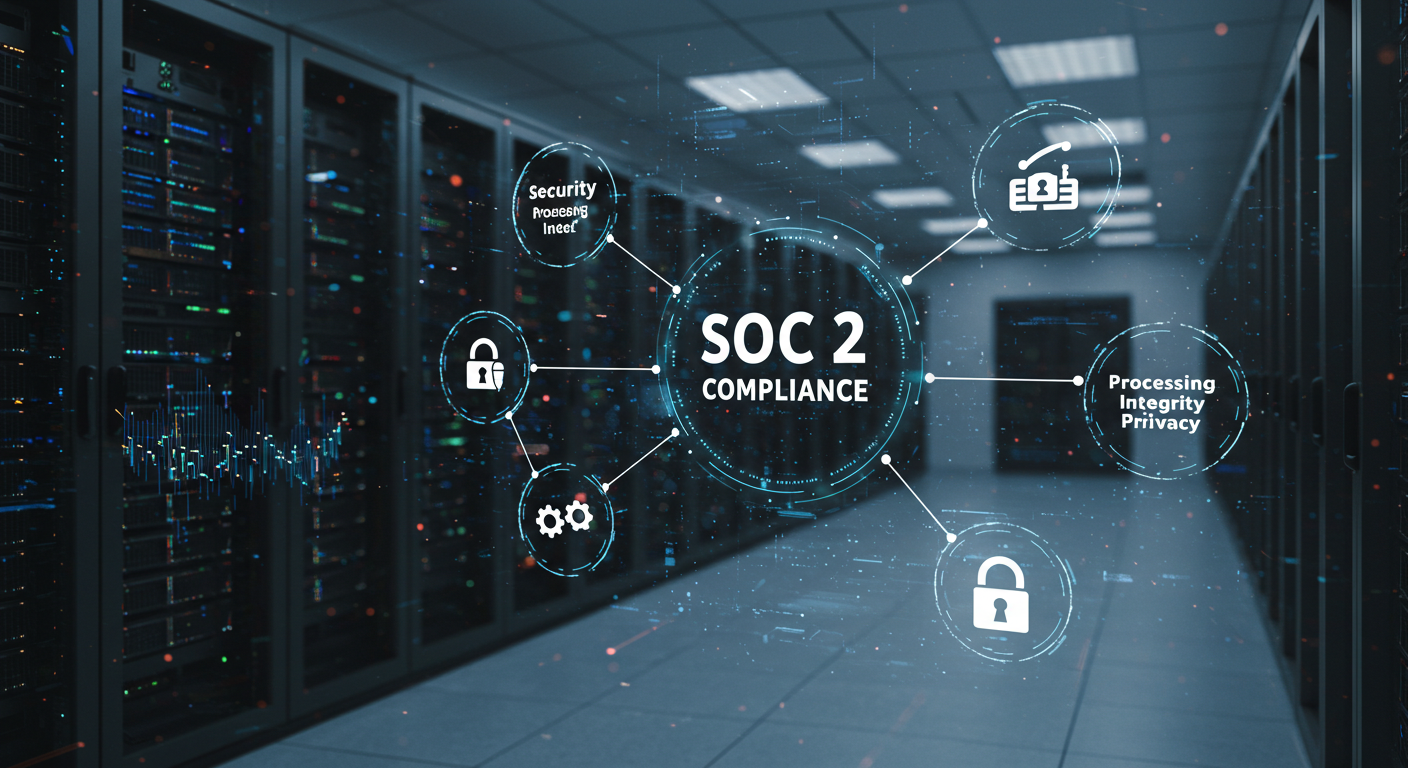No organization would leave its physical doors open to criminals and violent attackers. But, sadly, several organizations have the door guarding their data and digital information wide open to allow the entry of any form of cybersecurity crime.
With the fast-rising rate of internet users in the world today, cybersecurity is one sector that is posing an insidious threat in the world today. But unfortunately, lots of organizations today focus on productivity, meeting up with deadlines, marketing, and other sections of their business, inadvertently giving cybersecurity a back seat.
However, a single cybersecurity strike could erase all the efforts put into an organization and bring the organization to naught in no time. For example, a company hit with a cyber attack could suffer downtime of 22 days on average. Within this period of inactivity, small businesses could suffer a revenue loss of up to $10,000 hourly, while established businesses could lose up to $5 million hourly.
A few years ago, companies would have laughed at having an effective cybersecurity strategy. Today, after witnessing the dramatic digitization of the world and the effect of a cybersecurity strike, several organizations are investing in a functional cybersecurity strategy.
Before we go about the resources needed, benefits, and the implementation of a functional cybersecurity strategy, let us discuss a brief overview of cybersecurity strategy.
What is a Cybersecurity Strategy?
A cybersecurity strategy is a compilation of high-level plans made by organizations to secure their digital assets and minimize the risk of cybercrime in their organizations. These plans include training, tools, procedures, and policies that ensure that the company can recover its data in the case of an unprecedented strike.
Most organizations believe they have a cybersecurity strategy informally, but a larger number of organizations do not follow or have a real strategy in place. A good cybersecurity strategy is not written down but one that has become embedded into the culture of the firm. It involves everyone from the CEO to the end workers being invested in securing the firm after having a prior understanding of the implications of a breach. In addition, the tools and processes must be proactive and versatile to adapt to changing methods and procedures. In these times of digital credentials, codes, and documents, a cybersecurity strike will cause a lot more harm than it would have 2 years ago.
According to the 2021 security data breach report, within the first six months of 2021, there was a total of 18.8 billion records exposed as a result of 1767 breaches which rose to 1862 by the end of the year.
The Ultimate goal for every cybersecurity strategy
When panning out a cybersecurity strategy, one critical goal for this strategy is achieving cyber resiliency. To attain this, every leader should know that each organization is unique, and therefore their strategy should be tailored to meet the specific needs of the organization. No single strategy proffers solutions to all business needs.
A cyber resilient strategy is proactive. This means that the focus is not on reacting to past attacks but ensuring that future attacks never repeat. If planned properly, the strategy will encompass measures to prevent future attacks from repeating and to recover quickly from past attacks.
Benefits of having a cybersecurity strategy
- It prevents expensive disruptions in businesses:
The average organization today cannot afford to suffer a long downtime. In seconds, millions of data can be stolen, and this can lead to both immediate and subsequent losses. Research has shown that 43% of businesses without a recovery plan will instantly shut down if they are hit with a major cyber attack, just like FlexiSpy, Medstar Health, and CodeSpaces. Even in cases where companies survive, the effects are very detrimental, and some companies are just never able to reach their peak again.
- More job opportunities:
A lot of clients are aware of the effects of cyber security crimes on an organization and now take preventive measures to ensure that companies meet strict government compliance standards before choosing to work with them, especially government contractors.
A cybersecurity strategy gives you an advantage and can make you the preferred organization for huge clients. This single action can prove to potential clients that you place a high value on data and operations in your organization, and this is a selling point.
- Save time and money.
The cost of putting together a functional cybersecurity strategy is much less than recovering from a security breach. However, this recovery process can take extra time and money that could easily be put to other uses. To avoid having to deal with this situation, get a cybersecurity strategy as a preventive measure.
Effective ways to develop a cybersecurity strategy
- Understand your cyber threat landscape:
The first thing you should do is understand the possible threats that your organization faces. This will guide you in the selection of the tools and other features that you require to secure the organization. Next, get updated about the latest kind of cyber attacks. Finally, Check-in with your competitors to know the possible threats they face.
- Gauge your current cybersecurity strength:
The next important thing is to find out where your organization currently stands. Then, conduct an honest assessment of your present cybersecurity and determine the level. Use a cybersecurity framework to conduct this assessment. With this framework, you should also be able to predict the level of maturity your organization should have attained in the next 3 to 5 years.
- Determine how to improve your cybersecurity:
The next thing to do is find out the required tools you need and the measures that should be implemented in order for your cybersecurity strategy to be functional. Finally, decide whether you want to insource or outsource your cybersecurity team.
Here are some viable measures to take in the realization of this improvement;
- Train the employees in the necessary security principles.
- Ensure that the necessary antivirus and antispyware software are installed into your systems so that all your information can be protected.
- Ensure that your internet connection is provided by firewalls.
- As OS updates are made available, update your systems accordingly. Endure that all your systems use the latest functional OS.
- Ensure that all information are properly backed up.
- Physical access to your computers and network systems should be strictly based on valid authorization.
- Ensure that your WiFi networks are protected.
- Regular change all passwords and access codes.
- Document your cybersecurity strategy:
You need to ensure that the measures that you put in place are properly documented. Write down the plans, policies, procedures, and guidelines required to achieve the strategy.
When any update is made, ensure that the written strategy is also updated. Also, all employees in the organization should actively participate in documenting this strategy. Everyone in the organization has a role to play in keeping the organization secured therefore, they should all be a part of it. Keep everyone rightly informed.
Also, ensure that you regularly update the awareness and training programs to keep your employees abreast of recent developments in the cyber world.
Hiring vs. Outsourcing your Cybersecurity team
The two ways to get a dedicated team to handle your cyber security are;
- Staff the team internally
- Outsource to an external cybersecurity team.
Both have pros and cons, so let’s discuss them;
Hiring (Internal Sourcing)
| Pros | Cons |
| Flexibility: Processes can be carried out your way, and employees can easily be reallocated to suit changing priorities in the organization. | It can be expensive and time-consuming |
| Communication: There is better communication and collaboration between in-house teams. | Slower response time. |
Outsourcing
| Pros | Cons |
| The team consists of experts who already know the operations. This results in a faster setup | Possibility of hidden costs. |
| They have a better experience because they have handled cybersecurity for several companies, and they have real-time knowledge based on facts. | There is little privacy as sensitive data might have to be shared with the outsourced team. |
| It is cost-efficient. | They have complete control of the process, and you cannot influence it. |
Typically, most companies that hire internal staff for their cybersecurity strategies are larger and have a more established budget. Companies that are smaller and still in the process of becoming established are more likely to outsource.
In conclusion, it is important to note that the development of a cybersecurity strategy is a progressive process. There will always be recent updates, so proactivity is the key to staying cyber resilient. Also, make room for recovery because sometimes the attacks are very strong and will likely penetrate some of your data. This is where you must be prepared to handle the situation fast and early before it progresses.
Your organization should stay agile. Be ready to make quick changes and adapt to changing systems.







